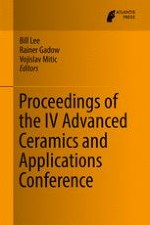2017 | OriginalPaper | Chapter
Environmental Aspects of Red Mud and Its Utilization as a Component of Building Materials
Authors : Gordana Topličić-Ćurčić, Vojislav Mitic, Dušan Grdić, Nenad Ristić, Zoran Grdić
Published in: Proceedings of the IV Advanced Ceramics and Applications Conference
Publisher: Atlantis Press
Activate our intelligent search to find suitable subject content or patents.
Select sections of text to find matching patents with Artificial Intelligence. powered by
Select sections of text to find additional relevant content using AI-assisted search. powered by
